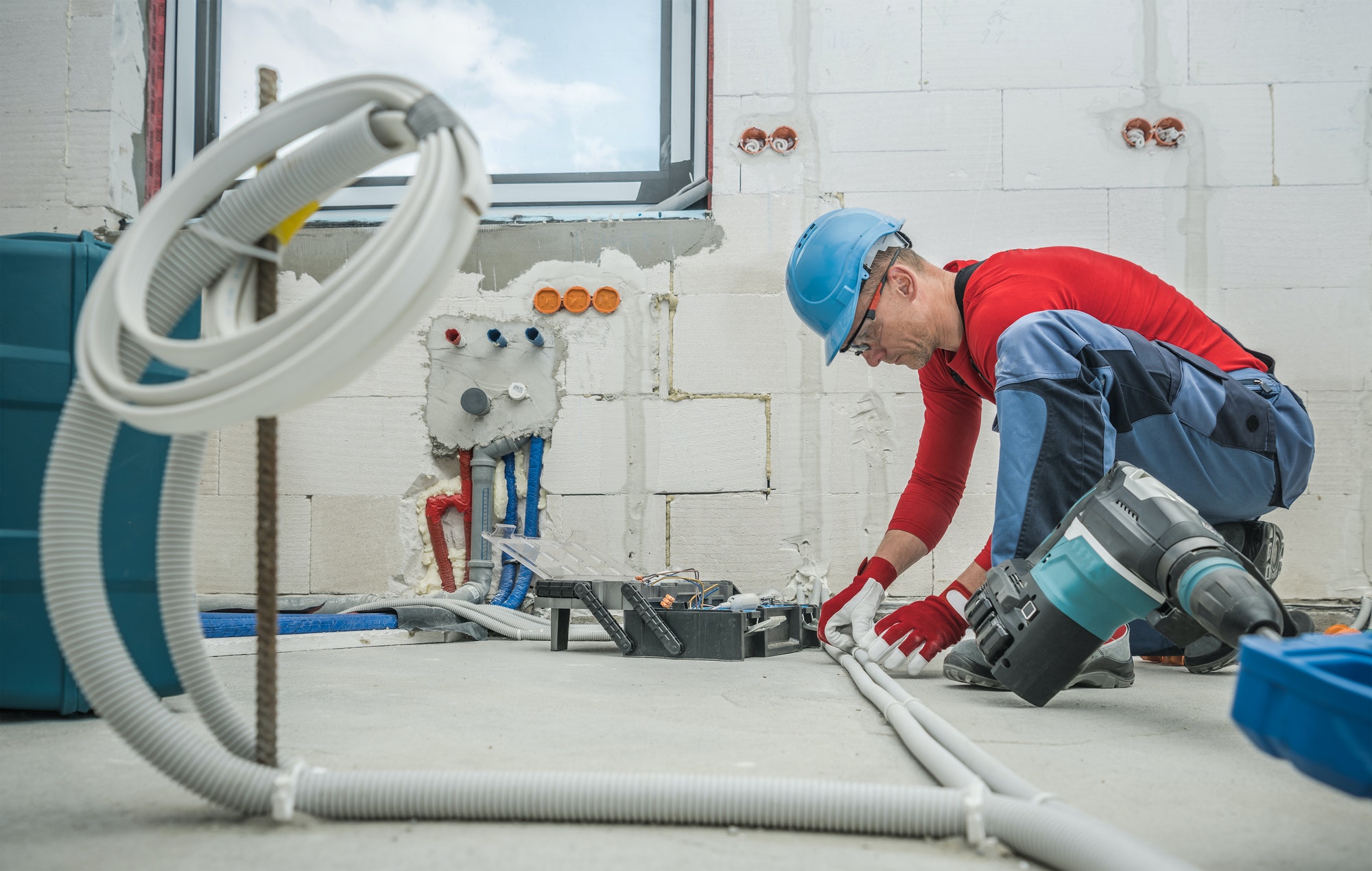In recent years, more homeowners have been rethinking their outdoor spaces—not just for beauty, but for sustainability. Sustainable landscaping goes beyond aesthetics. It’s about creating a garden that thrives in harmony with nature, conserves resources, and minimizes environmental impact. Whether you’re revamping a backyard or starting from scratch, small changes can lead to lasting, eco-conscious results.
1. Choose Native Plants
One of the easiest ways to create a sustainable garden is by choosing native plants. These species are adapted to your local climate and soil, which means they require less water, fertilizer, and maintenance. Native plants also provide essential habitat for local birds, insects, and pollinators like bees and butterflies.
By incorporating native shrubs, grasses, and perennials into your garden, you create a space that’s naturally resilient—and beautiful throughout the seasons.
2. Reduce Lawn Size
Traditional lawns are water-intensive and often require chemical fertilizers to stay green. Instead, consider reducing your lawn area and replacing it with drought-tolerant ground covers, native meadow grasses, or mulched plant beds. Not only does this cut down on watering and mowing, but it also creates more visual interest and biodiversity in your yard.
Incorporating winding pathways, low-maintenance shrubs, or even a rain garden can transform what was once a high-maintenance lawn into an eco-friendly oasis.
3. Mulch and Compost
Mulch serves multiple purposes: it conserves soil moisture, regulates temperature, suppresses weeds, and enriches the soil as it breaks down. Organic mulches such as bark chips, shredded leaves, or straw are ideal.
In addition to mulching, composting kitchen and yard waste reduces the amount of trash sent to landfills and provides your garden with nutrient-rich soil. Compost bins are easy to manage and can make a huge difference in the health of your plants and the environment.
4. Install a Rainwater Harvesting System
Water is a valuable resource—especially during dry spells. Installing a rain barrel or rainwater harvesting system allows you to collect runoff from your roof and use it to water your plants.
This system not only lowers your water bill but also reduces runoff that can carry pollutants into local waterways. Pair your rain barrel with a drip irrigation system for efficient and targeted watering that nourishes your plants without waste.
5. Use Sustainable Materials
When building garden structures, patios, or walkways, choose materials with low environmental impact. Reclaimed wood, locally sourced stone, and recycled bricks are all excellent options. Permeable paving materials are another great solution, allowing water to seep through and replenish the groundwater rather than contributing to stormwater runoff.
These materials can add texture and warmth to your garden design while aligning with your eco-friendly goals.
6. Create Zones for Relaxation and Wellness
A sustainable garden isn’t just good for the planet—it’s good for you too. Consider creating zones in your outdoor space that promote wellness and relaxation. A small meditation corner, outdoor yoga space, or reading nook can help you connect with nature on a daily basis.
Some homeowners even include features like a traditional sauna in their backyard to support physical and mental well-being. When placed in a natural setting, a sauna becomes part of the landscape—encouraging restful routines in a way that complements the environment.
7. Encourage Pollinators
Pollinators play a crucial role in ecosystems, and inviting them into your garden is a step toward sustainability. Plant nectar-rich flowers like echinacea, lavender, and bee balm. Avoid using chemical pesticides, which harm both helpful insects and soil health.
Consider installing a bee house or leaving a small brush pile to provide habitat. Even a small pollinator-friendly corner can make a meaningful impact.
8. Rethink Outdoor Lighting
Excessive outdoor lighting can disrupt local wildlife and waste energy. Switch to solar-powered lights, and use motion sensors or timers to ensure lights are only on when needed. Choose warm-toned bulbs that minimize light pollution while still creating a cozy and welcoming atmosphere.
Conclusion
Sustainable landscaping is about making thoughtful choices that benefit both your garden and the environment. From native plants to natural materials, every decision you make can help create an outdoor space that’s low-maintenance, water-efficient, and full of life. Whether you start with a small change or a full redesign, your eco-conscious garden will reward you—and the planet—for years to come.
Discover more from Futurist Architecture
Subscribe to get the latest posts sent to your email.



